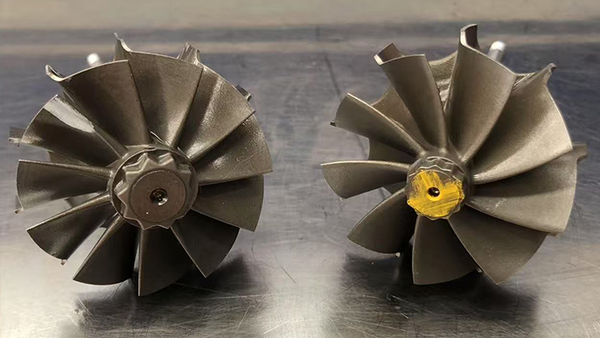Stranded with a Turbo Issue? The Real Culprit Was a MAF Sensor
One of our customers recently upgraded the turbocharger on his 3.2L Ford Ranger, excited to experience improved performance. After driving a few thousand kilometers, however, he suddenly found himself stranded over 1,000 kilometers from home. His vehicle was throwing the error code P2563 – “Turbocharger Boost Control Position Sensor Circuit Range/Performance” and had entered limp mode. Naturally, he assumed the turbocharger was at fault and became increasingly stressed about how to get home in time for work.
The Situation: A Turbo Problem or Something Else?
Error codes like P2563 are often linked to turbocharger performance, so it’s no surprise that the customer suspected his new turbo. When the car enters limp mode, it reduces power and performance to protect critical engine components. For a driver far from home, this situation can feel overwhelming.
The Solution: A Surprising Diagnosis
Fortunately, a local mechanic stepped in to assist. While inspecting the vehicle, the mechanic considered an often-overlooked component: the Mass Air Flow (MAF) sensor. After diagnosing the issue, he replaced the faulty MAF sensor and cleared the error code.
The result? The problem was resolved instantly. The engine returned to normal operation, and the customer was able to drive home without further issues.
Why Did a Faulty MAF Sensor Cause Limp Mode?
The MAF sensor plays a critical role in your engine’s performance by measuring the amount of air entering the intake and sending this data to the ECU. When the MAF sensor fails, the ECU can’t accurately manage the air-fuel mixture, leading to:
- Incorrect boost pressure regulation.
- Fault codes that mimic turbocharger problems.
- Limp mode activation to protect the engine.
In this case, the error code initially seemed related to the upgraded turbocharger, but the root cause was a malfunctioning MAF sensor disrupting airflow data.
Lessons Learned: Diagnosing Turbo-Related Errors
This scenario highlights the importance of comprehensive diagnostics when dealing with turbocharger-related fault codes. Before assuming the worst, consider these steps:
- Check the MAF sensor: A dirty, damaged, or failing MAF sensor is a common cause of turbo-related limp mode issues.
- Inspect wiring and connections: Loose or corroded connections can cause signal interruptions.
- Verify turbo performance: Ensure the turbo is operating within its specified parameters to rule out mechanical or electronic faults.
- Clear fault codes and retest: Sometimes, a single code reset can resolve the issue temporarily, giving clues about the underlying cause.
Preventing MAF Sensor Issues
To avoid similar problems in the future, follow these maintenance tips:
- Regularly clean or replace the MAF sensor: Especially if you drive in dusty conditions.
- Use high-quality air filters: Poor-quality filters can allow debris to contaminate the sensor.
- Check for intake system leaks: Cracks or loose hoses can disrupt airflow and affect sensor performance.
Conclusion
While turbocharger upgrades can dramatically enhance performance, other engine components like the MAF sensor must also be in top condition to ensure reliable operation. This customer’s experience is a reminder that not all error codes are directly related to the turbo itself.
A thorough diagnosis saved the day, proving that teamwork between drivers and skilled mechanics can solve even the most perplexing automotive problems. If you’re upgrading your turbocharger, don’t overlook the small but critical parts that support it—like the MAF sensor—for optimal performance and peace of mind.



